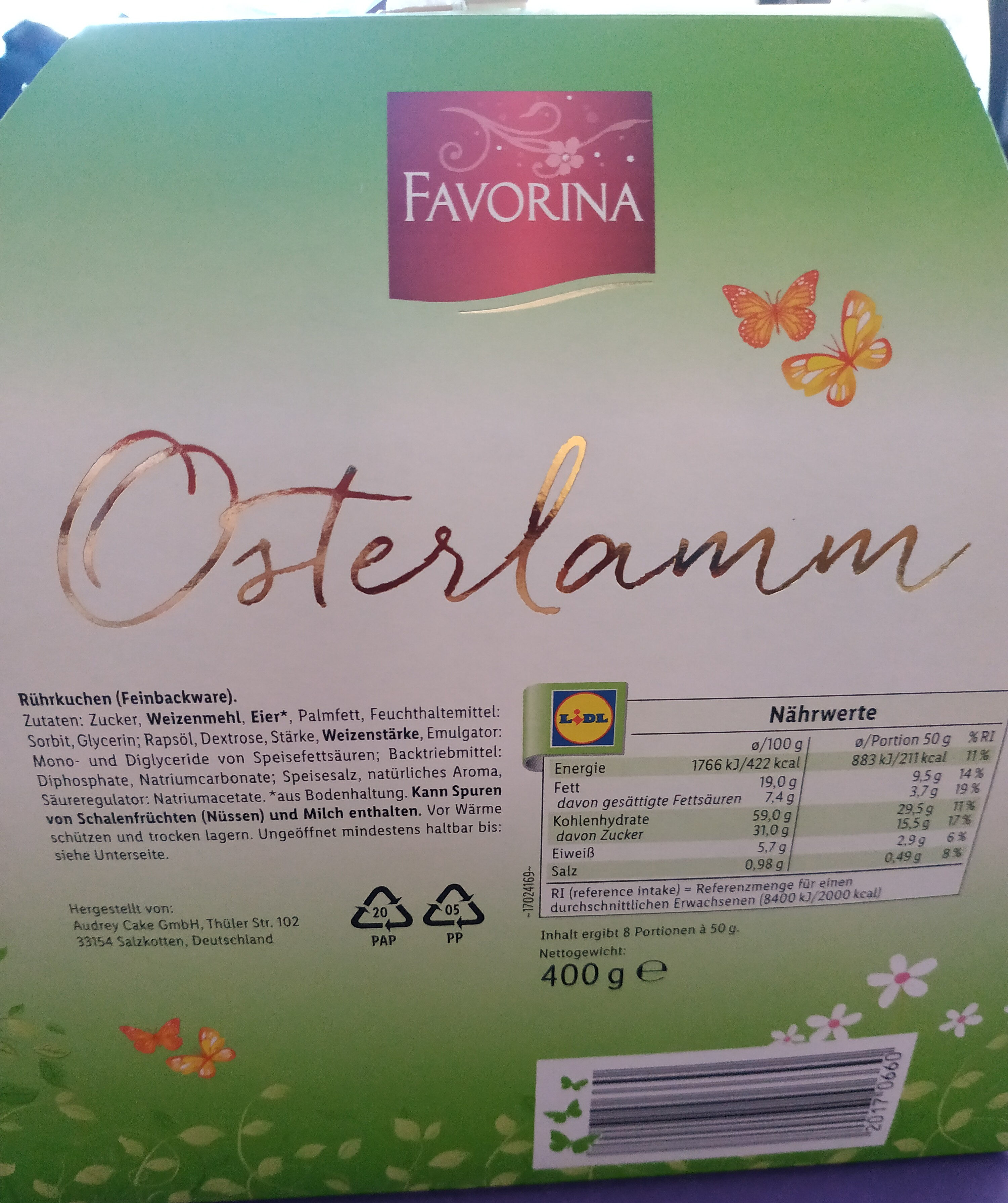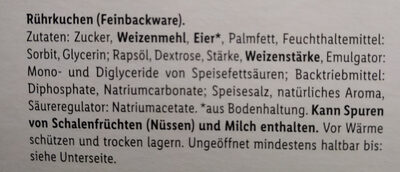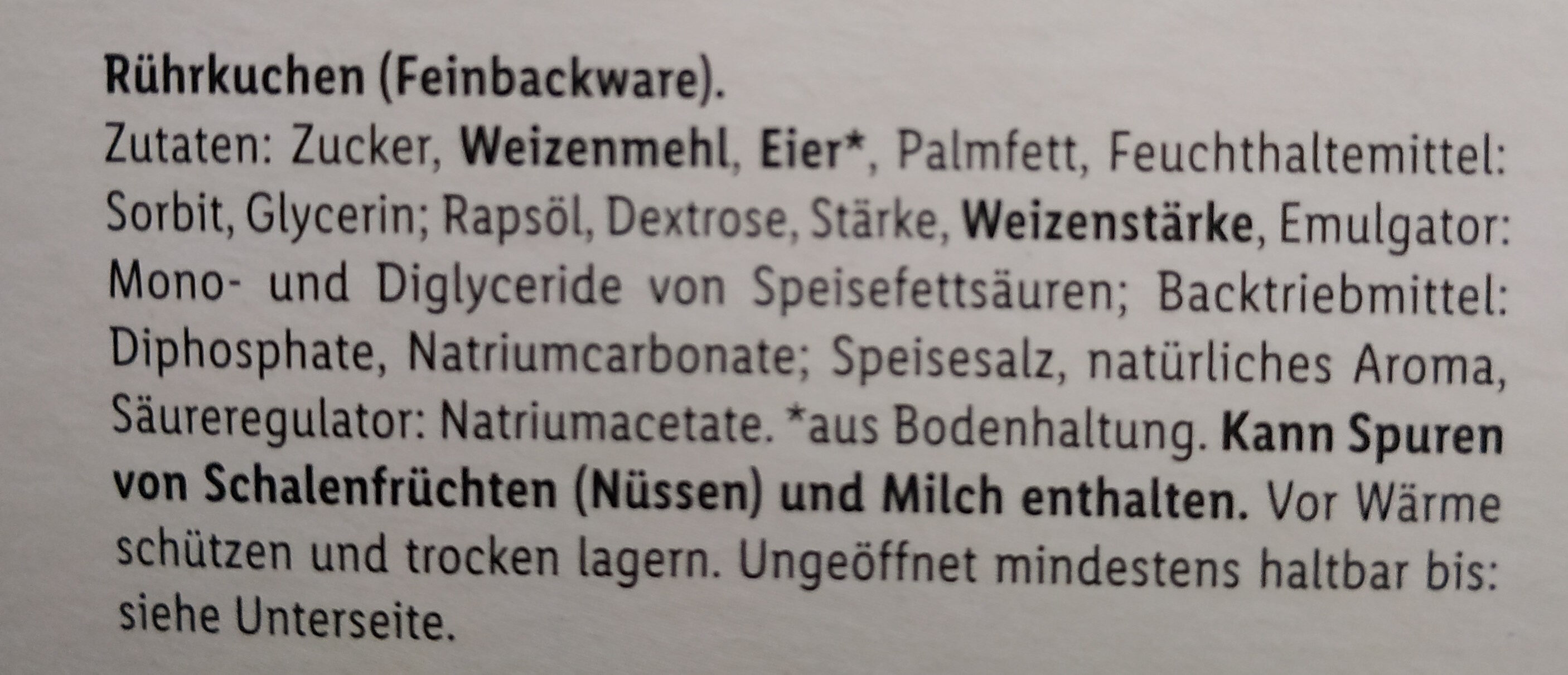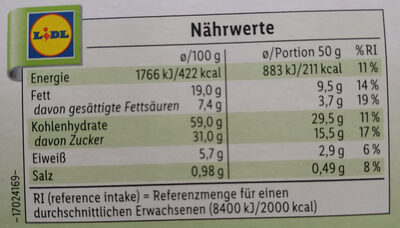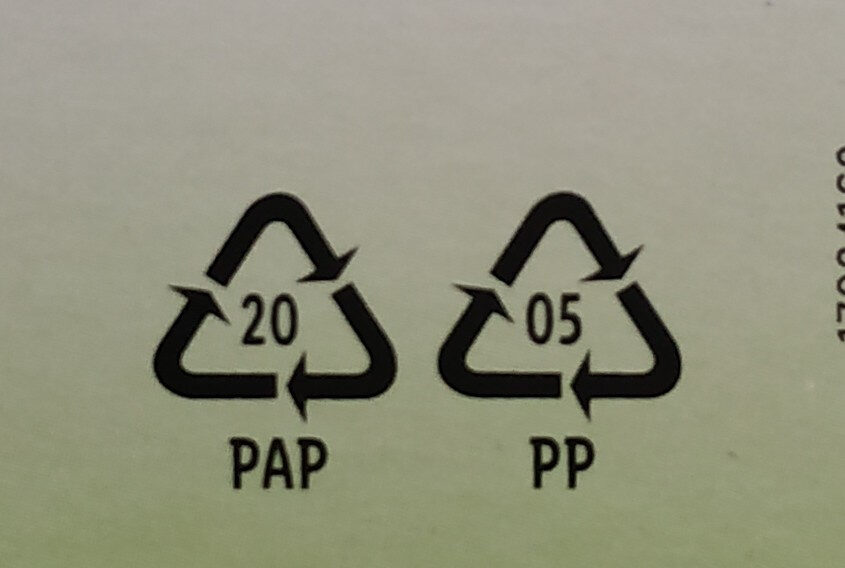Osterlamm - Faforina - 400 g
Ambiguous barcode: This product has a Restricted Circulation Number barcode for products within a company. This means that different producers and stores can use the same barcode for different products.
×
This product page is not complete. You can help to complete it by editing it and adding more data from the photos we have, or by taking more photos using the app for Android or iPhone/iPad. Thank you!
×
Barcode: 20170660
Quantity: 400 g
Packaging: de:Karto und Plastik
Brands: Faforina
Categories: Snacks, Sweet snacks, Biscuits and cakes, Cakes, Pound Cake
Manufacturing or processing places: 33154 Salzkotten
Traceability code: FS02765
Stores: Lidl
Countries where sold: Germany
Matching with your preferences
Report a problem
Data sources
Product added on by uwe
Last edit of product page on by ecoscore-impact-estimator.
Product page also edited by openfoodfacts-contributors, packbot.
If the data is incomplete or incorrect, you can complete or correct it by editing this page.

